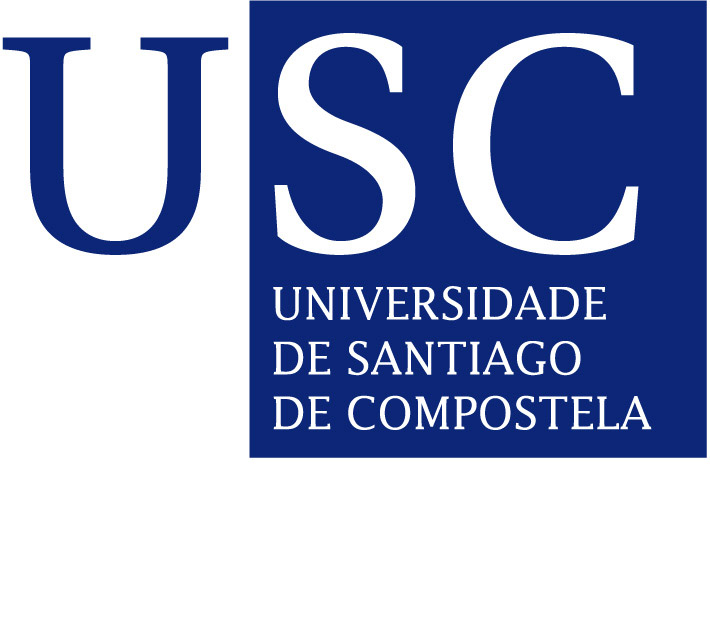Lecture: 'Photoactive metal complexes for probing amyloid aggregation, binding and inhibition'

The aggregation of amyloidogenic proteins has been associated with the onset of serious neurodegenerative diseases such as Alzheimer’s, Parkinson’s and Hutchinson’s diseases. These fibrillar protein aggregates has a common cross β motive and are present as insoluble depositions in regions that are disease specific. In previous research we have demonstrated the use of luminescent dipyridophenazine ruthenium (II) complexes to monitor peptide and protein fibrillization. These compounds present a distinctive increase in luminescence upon binding to fibrils and their long-lived luminescence lifetime allows their use for the detection of fibrillar proteins in the presence of short-lived fluorescent backgrounds. Here we will present our second-generation probes that are based on the photoluminescence of Re(I) dipyridophenazine complexes. These complexes present unprecedented properties for labeling amyloid aggregates, which involve secondary light switching and selective labeling. We have found that amyloid fibrils phot ooxidate in a particular amino acid that correlates with the binding place of the metal complex. In addition, we discovered that rhenium complexes can photo oxidize amyloid monomers on amino acids that are different from those in the fibrils suggesting a different binding mechanism. These photochemical modifications have a profound effect on the folding landscape, as well as the selfassembly and stability of the aggregates.
About
Angel A. Martí obtained his Ph.D degree in 2004 from the University of Puerto Rico in Río Piedras with Prof. Jorge Colón, where he held the NSF Graduate Teaching Fellowship in K-12 Education and NIH-RISE fellowship; here he studied the photophysical properties of metal complexes immobilized in layered zirconium phosphate materials. In 2004 he joined Prof. Nicholas Turro’s research group at Columbia University as a postdoctoral research scientist, where he has worked in the development of fluorescent probes for the detection of trace amounts of DNA and RNA in vivo and in vitro. In July 2008, Dr. Angel Martí joined the department of Chemistry at Rice University in Houston. Currently he is interested in developing multifunctional composite molecules with applications in oligonucleotide detection, medical treatments, proteolysis and sensors.


